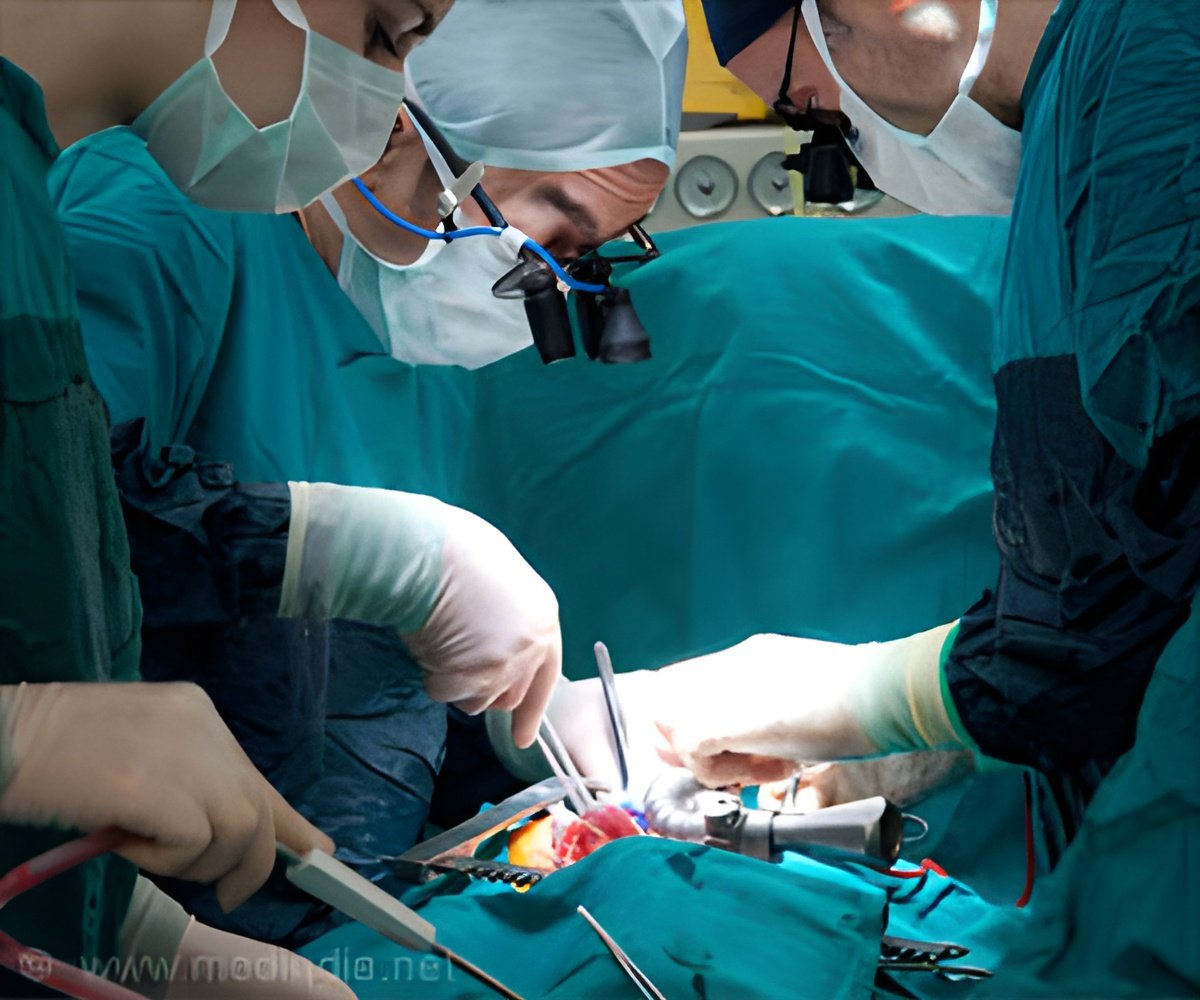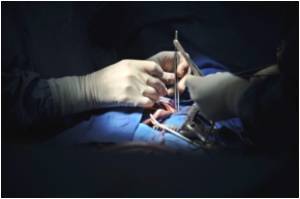A new Clinical Implications of Basic Research paper highlights a novel surgical adhesive on the horizon.

‘New adhesive conforms and adheres strongly to the skin, cartilage, and arteries; closes holes in heart tissue; and stops bleeding from lesioned liver tissue.’





Researchers in Jeffrey Karp’s lab at Brigham and Women’s Hospital turned to nature in hopes for a better solution. The team was inspired by the Dusky Arion slug’s elastic defensive slime. The slime, a mucus-based multicomponent glue that makes the slug bond to surfaces and difficult to remove, is 97 percent water and contains two intertwined polymers with a net negative charge and positively charged proteins. Using the slime as a model, the team created a dissipative hydrogel with both ionically and covalently cross-linked polymers with a net negative charge and a bridging polymer that contained coupling reagents with a net positive charge. This resulted in the creation of an adhesive material that mediates strong interfacial contact and can stretch without breaking. They found that this new adhesive conforms and adheres strongly to the skin, cartilage, and arteries; closes holes in heart tissue; and stops bleeding from lesioned liver tissue.
Source-Eurekalert









